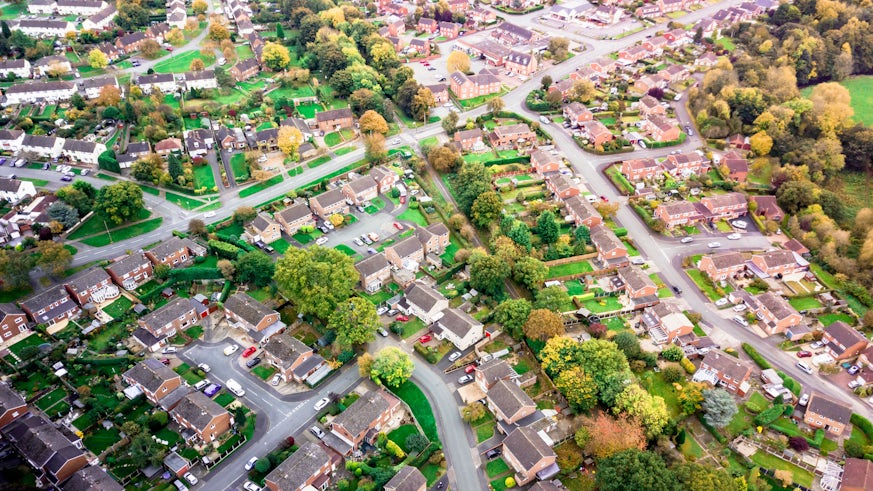UK Competitiveness Index paints bleak economic picture for areas outside London
21 March 2019

Significant parts of Britain will experience a decline in economic growth over the next twenty years, a study says.
The 2019 edition of the UK Competitiveness Index is compiled by researchers at Cardiff University and Nottingham Business School. As well as assessing the competiveness of localities in England, Wales and Scotland today, forecasts have been compiled data to predict how they will fare in the years to come.
By focusing on local authority areas, the analysis offers the most detailed insights to date of the UK’s economic prospects. It finds that the competiveness divide between London and other parts of the UK will become even wider over the next two decades.
Merthyr Tydfil in South Wales is set to experience the biggest economic decline, with the town’s Gross Domestic Product (GDP) per capita- a measure of the economy’s health - predicted to decrease by 0.56% every year. It is followed by Mansfield in the Midlands (-0.48%) and Thanet (0.34%) in Kent.
Tower Hamlets in London is predicted to be the fastest growing area, with its GDP per capita forecast to rise by 7.17% every year. This is followed by Camden (6.97%) and Islington (6.52). Under an economic ‘bust’ scenario based on a new recession or negative trading conditions from a no-deal Brexit, researchers calculate that only these three London boroughs would achieve economic growth over the next five years, leaving the rest of the UK to lag behind.
Professor Robert Huggins, based at Cardiff University’s School of Geography and Planning, said: “This research presents the most extensive picture of the UK’s future economic challenges. It’s clear that whatever happens over the coming weeks, the competitiveness gap between London and other parts of the UK is going to soar. These are issues that will only be exacerbated by a no-deal Brexit.

For areas such as London, which are the competiveness leaders, they face a danger of becoming less affordable and accessible to the majority. On the other hand, there will be parts of the UK that will become increasingly disadvantaged due to a lack of opportunities for growth.
The UK Competitiveness Index measures current economic competitiveness across local and regional areas of Britain based on a basket of economic indicators*. Its current findings show that the nine most competitive places in the UK are in London, with the City of London in the leading position, followed by Westminster, Camden, and Tower Hamlets.
Blaenau Gwent and Anglesey in Wales respectively are the least competitive localities, with Mansfield being the least competitive place in England. Areas in Scotland have generally performed strongly in the rankings, with Aberdeen City at the top and Dumfries and Galloway the least competitive.
As well as London, much of the UK’s competiveness is concentrated in urban areas such as Bristol, Manchester, and Cardiff. After the London boroughs, St Albans, which has benefitted from an increase in its industrial specialisation, is the next most competitive city.
The places that have seen the most improvements in competitiveness since 2015 are Bromsgrove in the West Midlands, Luton in the East of England and Charnwood in the East Midlands. Bolsover and Eastbourne have seen some of the biggest drops in competitiveness, due to a lack of sustainable new businesses and the investment required to establish a culture of entrepreneurship.
Professor Huggins added: “To ensure all parts of the UK economy survive in these difficult conditions, urgent action needs to be taken by governments and policymakers. Our data collected over the past two decades demonstrates how a lack of positive action can have lasting and serious consequences.”
The report is available here.
Share this story
The School applies critical thinking and practical knowledge in solving economic, environmental and social problems to address the grand challenges faced by human societies and places today.




